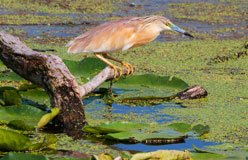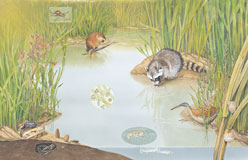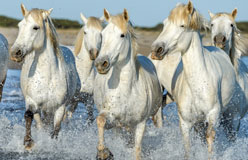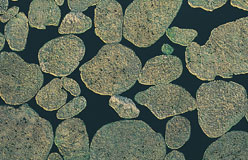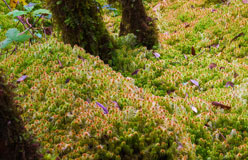The Arctic tundra is a huge and very cold place. Mosses, lichens, and stunted trees grow there. It stretches across the part of the world that’s as far north as you can go. Meanwhile, Florida’s Everglades are hot and steamy. They’re a tropical home to alligators, manatees, and saw grass that grows 15 feet tall. Two very different places, right?
Yet they are both wetlands. Those are places where the water level is at or near the land’s surface. Wetlands make up about 6 percent of the Earth’s land surface. They are found on every continent except Antarctica. Some are near the ocean, and some are far inland.
Swamps, marshes, and bogs are the most common types of wetlands. But there are others. What makes a wetland? They all have standing water, either at the surface or near the roots of plants. Wetlands also have special soils formed by rotting plants. Naturally, the plant life of wetlands is well adapted to watery soils.
Wetlands form where the worlds of wet and dry meet. So they are rich in plant and animal life. For the same reason, they also hold some deep human mysteries.

